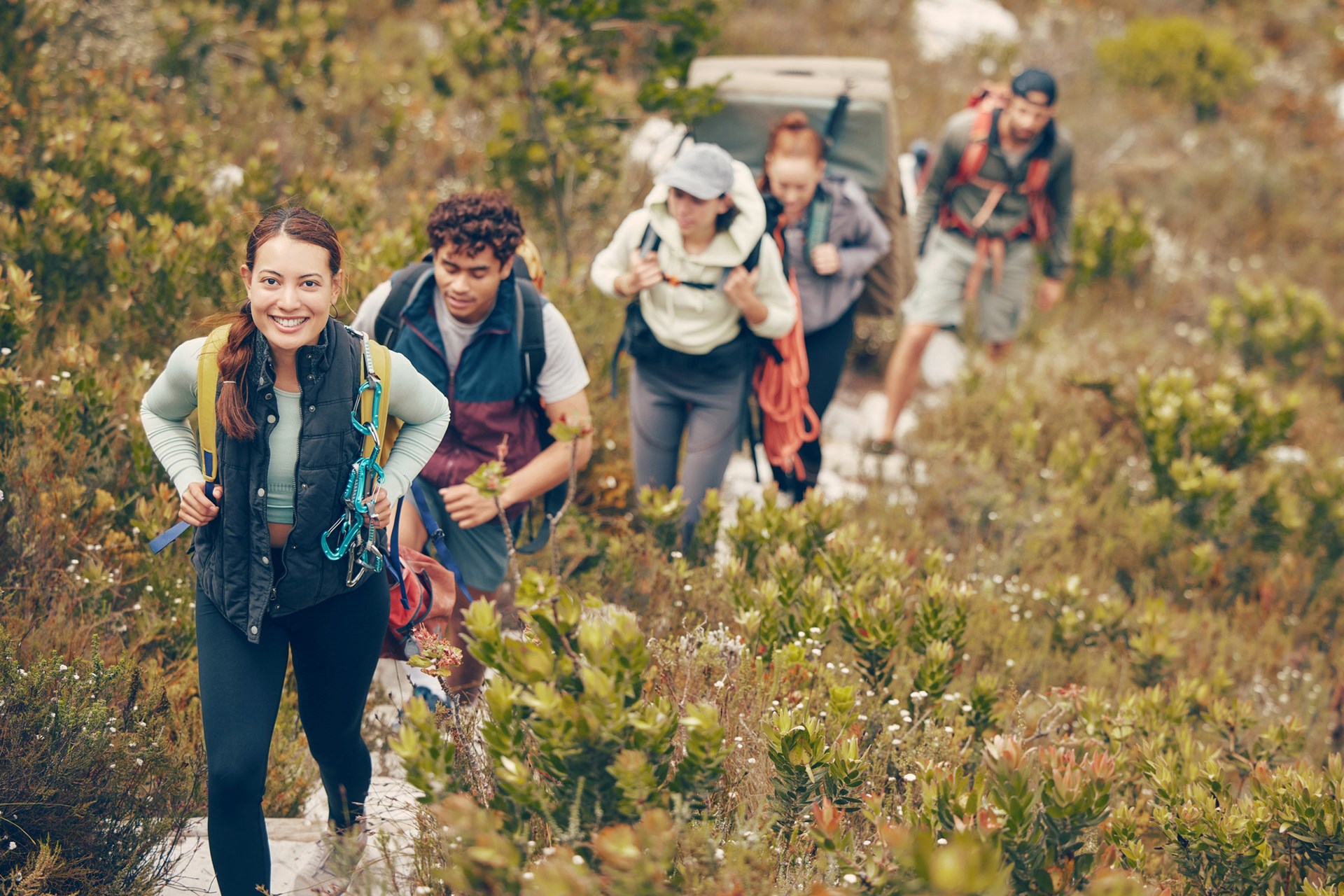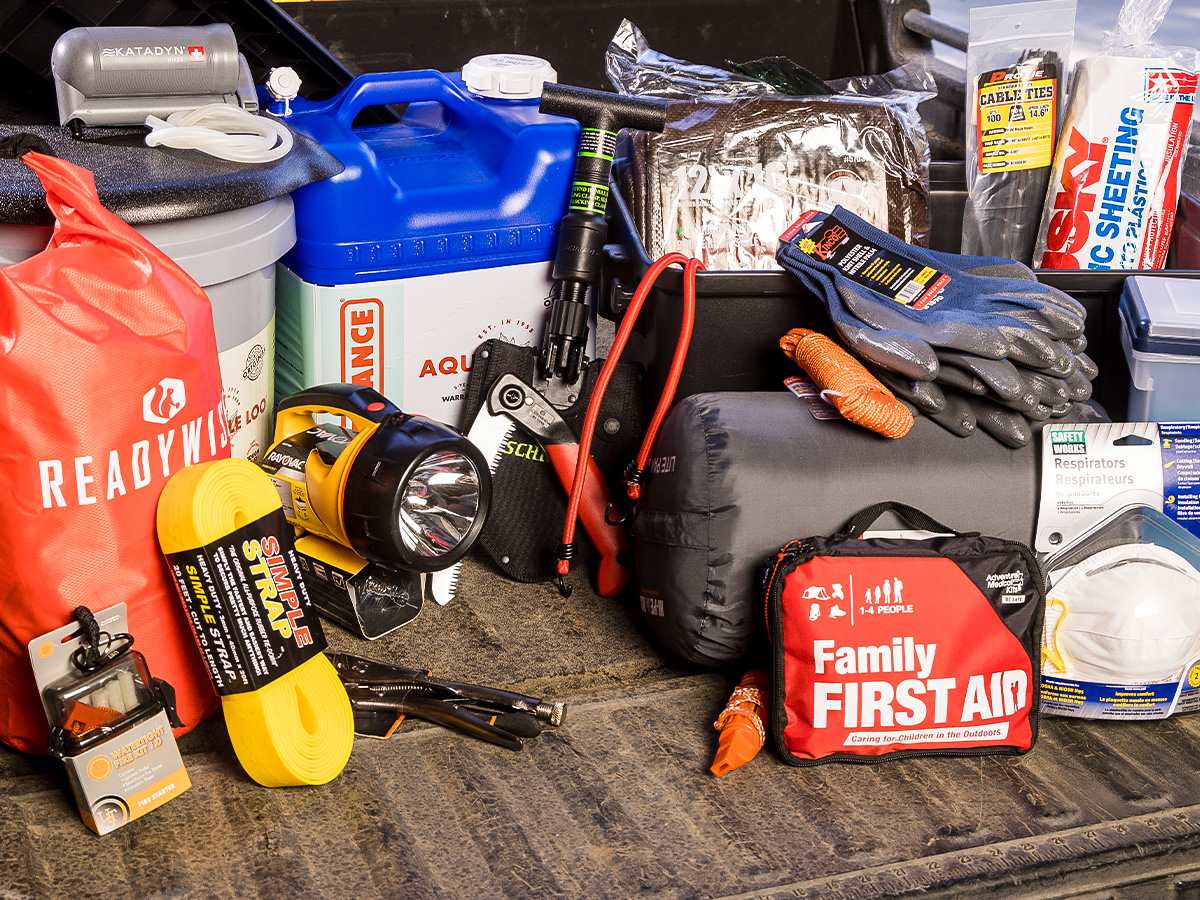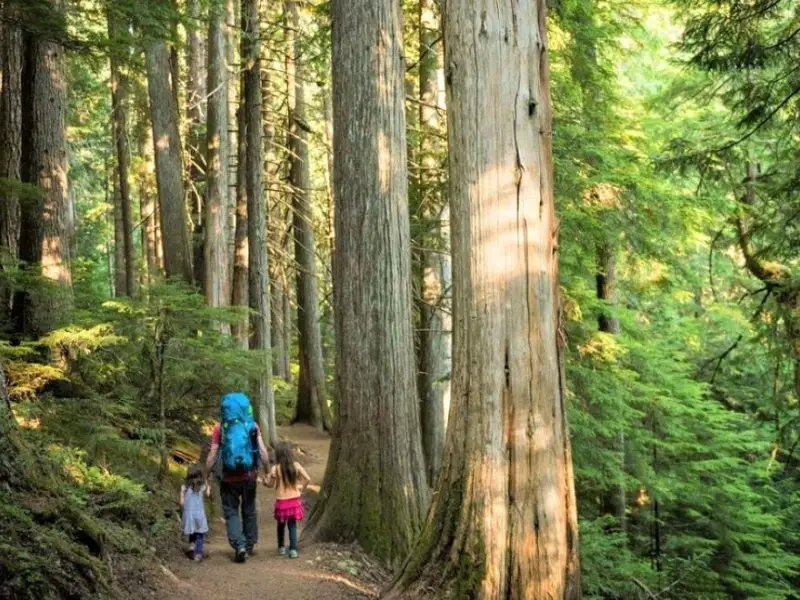To create a family emergency plan for outdoor adventures, establish a clear communication method and outline instructions for each family member’s role and responsibilities, ensuring everyone knows what to do in case of an emergency. Additionally, plan for possible scenarios, such as getting lost or injured, and prepare a first aid kit and emergency supplies accordingly.
The Importance Of Being Prepared
Creating a family emergency plan for outdoor adventures is crucial to protect your loved ones in unexpected situations. It is important to be prepared in order to reduce stress and anxiety while exploring the outdoors. By developing a comprehensive plan, you can ensure the safety and well-being of your family members.
Start by identifying potential risks and hazards that may arise during your outdoor activities. Then, establish clear communication channels and emergency contact information. Assign specific roles and responsibilities to each family member and educate them on basic first aid and survival techniques.
Additionally, pack essential emergency supplies such as a first aid kit, extra food and water, and appropriate clothing. Regularly review and update your plan according to changing circumstances or activities. By being prepared, you can enjoy your outdoor adventures with peace of mind.
Assessing Potential Risks
Assess potential risks by identifying common emergencies in outdoor settings, considering your location and activities. Evaluate the unique risks associated with your chosen adventure. Determine the likelihood of encountering dangerous weather conditions, such as thunderstorms or extreme heat. Take into account the possibility of accidents, such as falls or injuries from wildlife encounters.
Consider the availability of emergency services in remote locations and plan accordingly. Assess the level of physical fitness required for your chosen activities and prepare for potential health emergencies. Finally, evaluate the accessibility of communication methods, such as cell phone coverage or satellite phones, to ensure you can seek help if needed.
By thoroughly assessing potential risks, you can create a comprehensive family emergency plan for outdoor adventures.
Establishing Communication Channels
Establishing effective communication channels is crucial for creating a family emergency plan during outdoor adventures. Selecting reliable communication devices for your family is the first step towards ensuring safety. These devices can include walkie-talkies, handheld radios, or satellite phones, depending on the nature of your outdoor activities.
It is important to research and invest in devices that provide good reception and have a long battery life. Once you have selected the appropriate devices, set up a communication protocol for emergencies. This includes establishing a designated meeting point, creating a list of emergency contacts, and assigning roles and responsibilities to each family member.
Regularly practicing communication drills can help familiarize everyone with the procedures and ensure a smooth response during an emergency situation. By establishing effective communication channels and protocols, you can provide peace of mind for your family and ensure a safe outdoor adventure experience.
Planning And Packing Essential Supplies
Planning and packing essential supplies for your family emergency plan is crucial when preparing for outdoor adventures. To create a personalized emergency kit checklist, consider the specific items required for different outdoor activities. For camping trips, make sure to include items such as a tent, sleeping bags, cooking equipment, and a first aid kit.
For hiking, bring along a backpack, trail maps, plenty of water, energy snacks, sunscreen, and a whistle for emergencies. If you’re planning a boating or fishing excursion, don’t forget life jackets, a boat safety kit, fishing gear, and a waterproof container for important documents.
Additionally, it’s essential to pack extra food, water, and clothing for unpredictable situations. By focusing on all the necessary supplies, you can ensure that your family is well-prepared and safe during any outdoor adventure.
Educating Your Family On Emergency Procedures
Educating your family on emergency procedures is vital for creating a family emergency plan for outdoor adventures. Teaching basic first aid and CPR techniques is a crucial step in ensuring everyone knows how to respond during an emergency. Additionally, conducting regular emergency drills and scenario-based training can further prepare your family for unexpected situations.
These drills help them to become familiar with evacuation procedures and communication methods. By practicing these emergency protocols, your family will be better equipped to handle any potential dangers that may arise during outdoor adventures. Remember, preparation is key, and having a well-thought-out plan in place can help ensure the safety and well-being of your family in any emergency situation.
Pre-Adventure Preparations
Creating a family emergency plan for outdoor adventures requires thorough pre-adventure preparations. Start by reviewing weather forecasts and alerts before heading out. It’s essential to check trail conditions and research local emergency services. Familiarize yourself with the potential risks and hazards in the area.
Consider packing essential emergency supplies such as a first aid kit, water, and food. Share your itinerary with a trusted person and establish a communication plan in case of emergencies. Ensure everyone in your family knows the emergency protocols and designated meeting points.
Stay updated on any changes in weather or trail conditions during your adventure. By being prepared and proactive, you can minimize risks and ensure a safe and enjoyable outdoor experience for your family.
Communicating With Park Rangers And Locals
To create a family emergency plan for outdoor adventures, it is crucial to establish effective communication with park rangers and locals. Park rangers are an excellent source of information regarding potential risks and hazards in the area. They can provide insights on weather conditions, wildlife encounters, and any ongoing events or emergencies.
Gathering this information will help you better prepare for your outdoor activities and make informed decisions. Additionally, reaching out to locals can be beneficial in times of emergency. They are familiar with the region and can provide assistance or guidance when needed.
Building a network of communication with both park rangers and locals will ensure that you have access to reliable information and support during your outdoor adventures.
Navigating Emergencies During Outdoor Adventures
During outdoor adventures, emergencies can happen unexpectedly, requiring quick decision-making and a calm demeanor. When responding to injuries, it’s important to assess the situation and provide immediate first aid, if necessary. Wildlife encounters should be handled with caution, avoiding any sudden movements that could trigger aggressive behavior.
Being prepared for weather emergencies means keeping an eye on the forecast and carrying appropriate gear like raincoats or extra layers. Remember to stay informed about any potential risks in the area you’re exploring. Having a clear plan in place for emergencies can save valuable time in critical situations.
Regularly communicate the plan with your family, so everyone knows what to do when faced with unexpected challenges. Stay calm, stay prepared, and enjoy your outdoor adventures with confidence.
The Peace Of Mind In Having A Family Emergency Plan
Having a family emergency plan for outdoor adventures provides a sense of security. Prioritizing safety while enjoying outdoor activities with loved ones is crucial. We can inspire others to do the same. Creating a family emergency plan ensures preparedness in case of unforeseen circumstances.
It allows us to face any challenges confidently and protects our loved ones during outdoor adventures. Knowing what to do and how to stay safe enhances the overall experience. So, let’s take the necessary steps to create a family emergency plan and enjoy outdoor activities worry-free.
Together, we can make memories while ensuring the well-being of our loved ones.

Credit: koa.com
Frequently Asked Questions Of How Do I Create A Family Emergency Plan For Outdoor Adventures?
How Do I Write A Family Emergency Preparedness Plan?
To create a family emergency preparedness plan, follow these steps: 1. Assess potential risks and hazards at home. Identify possible emergencies like natural disasters or accidents. 2. Develop a communication strategy. Establish a meeting point and emergency contacts, including phone numbers and addresses.
3. Create an emergency kit with essential supplies like water, food, medication, and first aid items. 4. Educate your family members about emergency procedures and practice drills regularly. Ensure everyone knows how to stay safe.
How Do You Create A Disaster Evacuation Plan?
To create a disaster evacuation plan, follow these steps: 1. Assess potential risks in your area and identify possible evacuation routes. 2. Determine safe meeting points and establish communication channels during emergencies. 3. Create a checklist of essential items to bring during evacuations, including medications and important documents.
4. Regularly practice drills and update your plan based on new information or changing circumstances.
How Do You Write An Emergency Plan?
To write an emergency plan, follow these guidelines: 1. Keep sentences short (max 20 words). 2. Make the content SEO friendly, unique, and easy to understand for humans. 3. Avoid starting sentences with certain phrases or using passive voice. 4.
Ensure the content passes AI detection and sounds natural.
What Is An Environmental Emergency Plan?
An environmental emergency plan is a preparedness strategy to handle hazardous incidents and protect the environment.
Conclusion
Creating a family emergency plan for outdoor adventures is paramount to ensuring the safety and well-being of your loved ones. By following a few simple steps, such as researching the area, packing essential supplies, and communicating with each other, you can significantly reduce the risks associated with outdoor activities.
Taking the time to discuss potential scenarios and establish clear roles and responsibilities can make a crucial difference during an emergency situation. Remember to include important contact information, both for emergency services and for family members or friends who may need to be notified.
Regularly reviewing and updating your emergency plan is essential, as conditions and circumstances can change. By prioritizing safety and preparation, you can enjoy your outdoor adventures with peace of mind, knowing that you have taken the necessary steps to protect your family.



